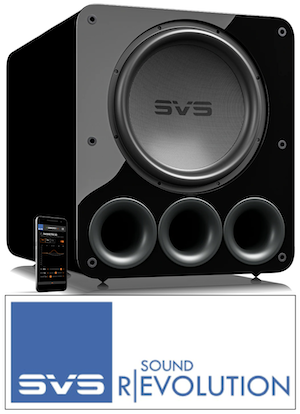Kerr Forrest
Registered
Thread Starter
- Joined
- Sep 21, 2020
- Posts
- 9
Hi,
I have been researching the physics behind room acoustics as part of a university project to design a speaker, and I keep noticing that in both room mode simulations and waterfall graphs only the 20Hz - 200Hz range is considered, suggesting that the influence on SPL of room modes becomes irrelevant above 200Hz.
Can anyone explain to me why this is? Considering that constructive/destructive interference should be possible when a room dimension is any integer of a half or quarter wavelength (respectively) of a certain frequency, I would assume that room mode effects would be noticed across the full audible spectrum.
My only guess would be that as frequency increases, the waves become more directional, making self-interference more difficult and hence room modes less of a problem.
If anyone is aware of why room mode effects are only looked at in the low frequency I would really appreciate it if you could explain it to me.
Cheers,
Kerr.
I have been researching the physics behind room acoustics as part of a university project to design a speaker, and I keep noticing that in both room mode simulations and waterfall graphs only the 20Hz - 200Hz range is considered, suggesting that the influence on SPL of room modes becomes irrelevant above 200Hz.
Can anyone explain to me why this is? Considering that constructive/destructive interference should be possible when a room dimension is any integer of a half or quarter wavelength (respectively) of a certain frequency, I would assume that room mode effects would be noticed across the full audible spectrum.
My only guess would be that as frequency increases, the waves become more directional, making self-interference more difficult and hence room modes less of a problem.
If anyone is aware of why room mode effects are only looked at in the low frequency I would really appreciate it if you could explain it to me.
Cheers,
Kerr.












